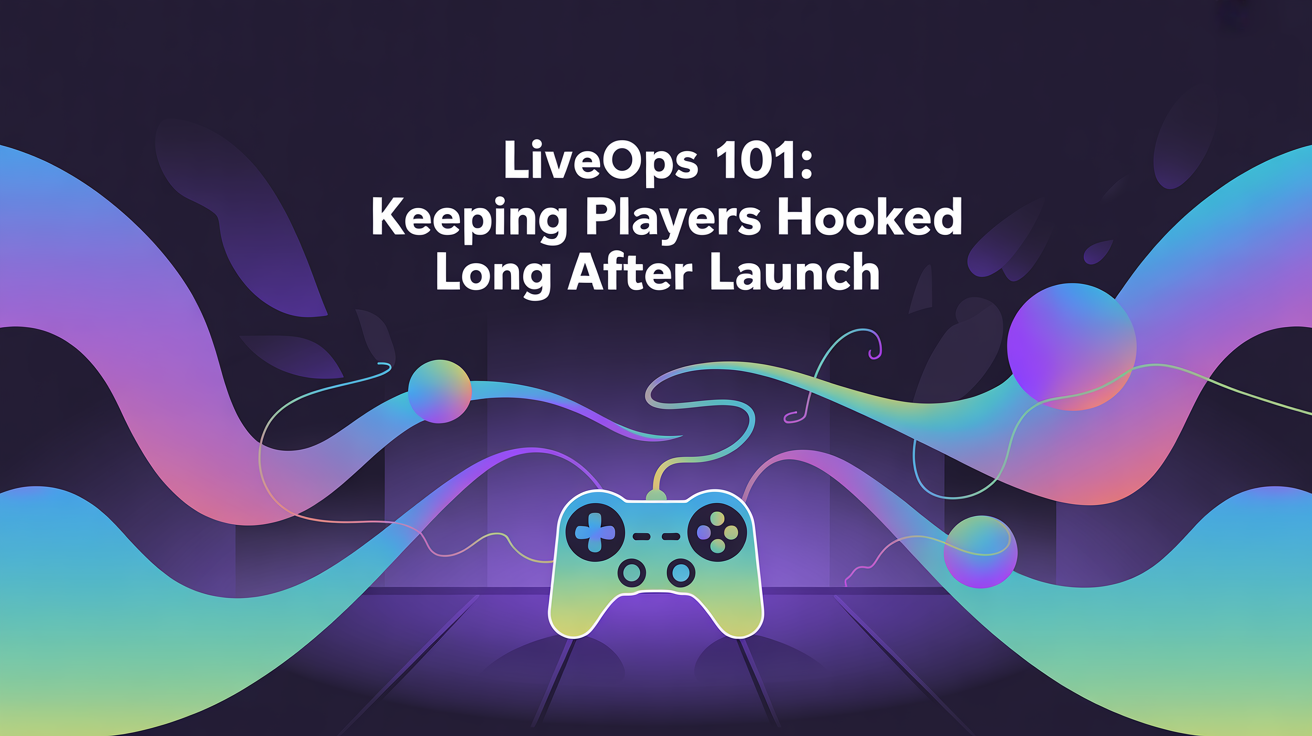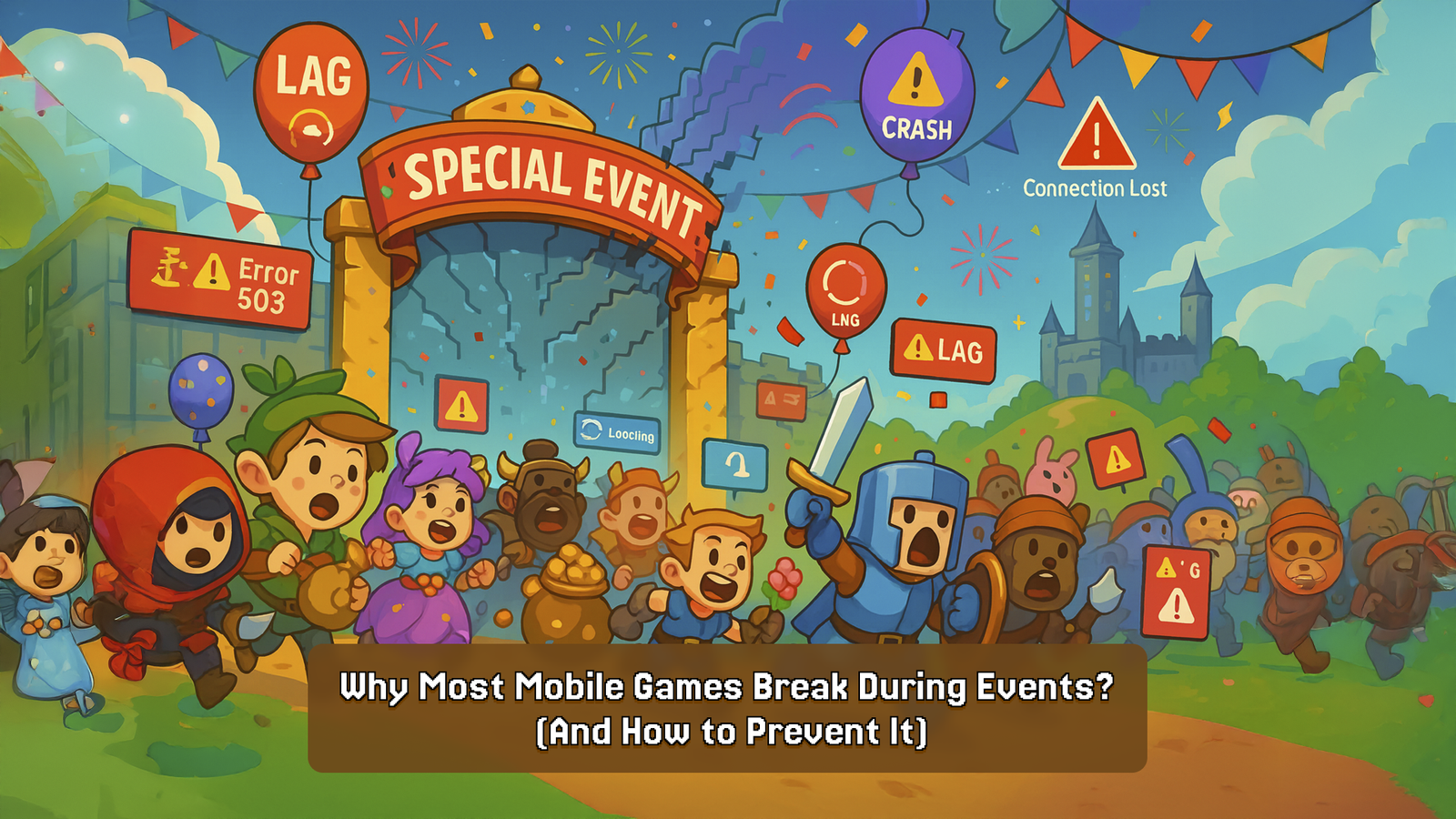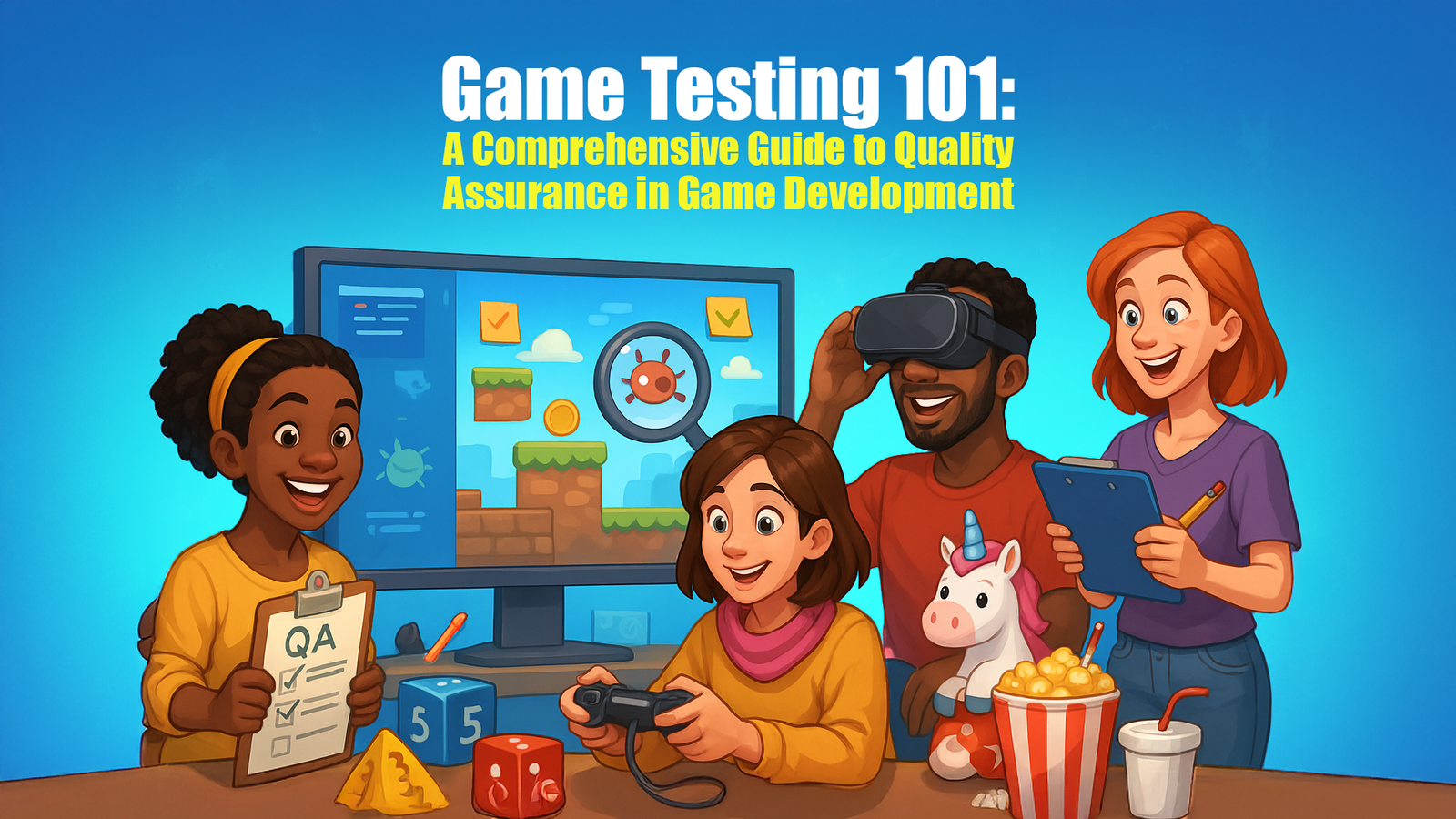AI-Generated Game Assets: Legal, Ethical, & Practical Tips
AI-Generated Game Assets: Legal, Ethical, & Practical Tips

Contents
- 1 Ethical Considerations for Using AI-Generated Game Assets
- 1.1 Bias & Representation
- 1.2 Cultural Sensitivity & Content Appropriateness
- 1.3 Transparency & Disclosure
- 1.4 Plagiarism & Originality
- 1.5 AI Homogenization
- 1.6 Best Practices for Using AI-generated Game Assets in 2025
- 1.7 Final Words
- 1.8 Why Xpress Gaming Stands Out as a Leading Partner for AI-Assisted Game Development
Building characters, environments, and soundscapes manually can take from hours to days. While the online marketplace of assets offers a decent head start, the demands of every game project are unique, which online assets don’t always meet. With the power of AI, now generating game assets has become a matter of minutes. But like they say, with great power comes great responsibility.
Using AI in custom game development bridges many skill and resource gaps, especially for indie developers and startups working on a low budget. But these tools are trained on massive datasets, raising critical questions among developers like: Can they legally use AI-generated art in their game? Or where does potential infringement begin? Due to its unregulated use and growth, AI-generated assets introduce legal and ethical obligations that every developer should consider.
This guide explores how to integrate AI-generated assets into your workflow responsibly, covering ownership, originality, ethics, and practical best practices. These tips will help you accelerate iteration, broaden creative possibilities, and free up time for higher-level design work while keeping compliance and quality in check. Read on to know how to harness AI as a creative partner rather than a risky shortcut.
What are AI-Generated Game Assets?
Source: TechCrunch
Generative AI offers powerful tools that autonomously produce visual, audio, or narrative elements and expedite the process by several folds. These can include generating characters, landscapes, storylines, props, environments, sound effects, and even dialogue.
AI is rapidly evolving as a tool with comprehensive solutions for every stage of the game development. In pre-production, they can generate concept art and help with level layouts and environmental details during production. Further, they can create localized dialogue and automate the game testing post-production.
Generative AI is being actively adopted by the gaming industry, indicating a promising future of a technology that is smarter and faster. For example, Ubisoft’s Neo NPC is a prototype for generative AI-powered non-player characters (NPCs) that aim to enhance player interaction and immersion in video games. Similarly, Microsoft’s Muse (a.k.a WHAM) is a generative AI model that can generate game visuals, controller actions, or both.
Source: Cadena SER
Legal Considerations for Using AI-Generated Game Assets
AI-generated game assets introduce exciting creative possibilities, but they also open up a complex legal landscape. Below are the key legal considerations when using AI for game content creation:
Intellectual Property Protection
Source: LinkedIn
Your AI-generated game assets must have recognized copyright protection so that it is not used, shared, or modified by others without any permission or legal obligations. Copyright protects artistic and narrative elements, trademarks safeguard distinctive names and logos, and patents may cover technical innovations like unique game mechanics. Lacking this can compromise its uniqueness and undermine its competitive edge. To ensure legal use of AI art in games, secure effective authorship, and negotiate ownership through contracts to get complete control over how your assets are used.
Due Diligence Practices
Source: AI Connect
Due diligence in game development means conducting thorough background checks on all third-party assets, collaborators, and tools used in production. Carefully research, verify, and ensure that all aspects of the game’s production, intellectual property, partnerships, and compliance meet legal, technical, and quality standards. Make sure that you partner with a reliable AI provider who is transparent about how they use their training data. Keep a personal record of prompts, revisions, and decisions so they hold up under legal scrutiny.
Licensing & Third-Party Content
Source: Northeastern Global News
Many games incorporate third-party content such as licensed music tracks, middleware engines, or branded product placements. While some allow commercial use of AI-generated assets, others require fees, attributions, or restrict the usage. Ensuring proper AI asset licensing in games requires carefully and regularly reviewing the usage licenses for your chosen tools. This also includes monitoring updates or modifications made to them over time.
Use of Copyrighted Data
Source: Medium
Since AI models use existing data for training, the question is: Are AI-generated assets copyright safe? Many jurisdictions don’t consider AI as a legitimate author. The game must comply with relevant privacy regulations such as the GDPR, CCPA, or DMCA. This means that to claim authorship, you need to put in some form of input, such as creative direction or modification. It is especially crucial in multiplayer or live-service games as breaches can result in both legal penalties and reputational damage.
Employment & Contractual Protection
Source: LinkedIn
Whether you are working with freelancers, platform vendors, or AI service providers, they should operate under a written agreement on IP ownership, payment, confidentiality, and termination clauses. It is crucial to prevent disputes over the ownership of the game assets they generate. These are different from third-party licensing agreements, as they ensure that every asset created for your game transfers completely under your ownership.
Ethical Considerations for Using AI-Generated Game Assets
Games can shape player perception, cultural representation, and industry trends. Therefore, it is crucial to approach AI tools for game asset creation with awareness and responsibility. The key ethical issues in AI game development include:
Bias & Representation
Source: The Inclusive AI
Since AI models are trained on existing datasets, they may contain embedded biases learned from their training data. While using AI-generated game assets, these biases may unintentionally reproduce stereotypes or skewed portrayals of gender, ethnicity, or social groups. Leveraging AI for game development requires active oversight over the process. This will help ensure diverse, respectful, and accurate representation.
Cultural Sensitivity & Content Appropriateness
Source: One DB
AI may lack cultural awareness and make decisions purely based on rational thinking. Therefore, it may fail to assess the cultural impact of its results simply because the design felt “aesthetically optimal” to its algorithms. For instance, they can misuse cultural symbols, misrepresent traditions, or depict religious imagery in practical yet offensive contexts. To avoid this, carefully review and interpret the results in the context of various social groups.
Transparency & Disclosure
Source: Engadget
A large number of players and publishers appreciate honesty regarding the originality of content they consume. When it comes to games, they may expect the developers to share when game assets are created using AI. Disclosing this information fosters trust, sets accurate expectations, and ensures stakeholders are aware of the creative process.
Plagiarism & Originality
Source: IEEE Spectrum
AI can sometimes generate content that unintentionally mimics the style of existing artists or games. To avoid any plagiarism litigations on your content, make intentional design choices, refine your prompts, and conduct human iteration to avoid accusations. This is crucial to keep your game’s identity unique.
AI Homogenization
Source: Economist
A game that heavily relies on AI-generated game assets for the long term is at risk of homogenization, where its content may feel too similar or interchangeable with other titles. To avoid this while using AI for content creation over the long term, use it as a springboard for innovation. This ensures that your every game project retains a distinctive artistic direction that stands apart in the industry.
Best Practices for Using AI-generated Game Assets in 2025
Source: Medium
Here are a few practical tips and best practices for using AI to generate game assets while preventing legal and ethical risks:
- Define your style early: Clearly define your game’s visuals, identity, tone, and atmosphere through brainstorming before you start using AI. A clear idea will ensure that your AI-generated game assets are unique and don’t steer into unintentional directions.
- Choose the right tools: Different AI generators have unique capabilities, but not all will meet your needs. For instance, an AI trained for generating realistic 3D textures may not excel in stylized character designs. Choose the one that perfectly serves your creative goals and adapts to future changes.
- Write prompts with a purpose: While using an AI tool, your prompts are like the blueprints on which the tool will work. Clearly articulate your instructions about what kind of visual, emotional, and thematic tone you want to set for your game to reduce the guesswork for the AI.
- Iterate intentionally: It is recommended to use AI for exploring concepts, testing features and variations, and giving the final polishing touch to your design. Human input is vital so that the game doesn’t lose its handcrafted feel that many players value.
- Experiment boldly: You should know the limits of the AI tools you are using, and the best way to do it is by experimenting with unconventional prompts or styles. Sometimes, AI can surprise you with its creative potential and offer innovative ideas you never expected.
Final Words
While AI can create tailored art, audio, and narrative elements on demand, it is essential to note that assets created using AI don’t exist in a vacuum. They learn from the data, culture, ethics, and context in which it is trained and used. The role of AI agents in game development will grow larger, and developers who thoughtfully refine and humanize its output will always have the edge.
Key takeaways from the blog:
- Treat AI as an assistant rather than the sole source of creation.
- Design your prompts meticulously to maintain originality through human refinement.
- Respect and consider cultural sensitivities to avoid unintentional bias or offenses.
- Maintain a detailed record of the procedure, such as prompts and modifications for accountability and quality control.
- Let your audience and stakeholders know which game assets are created using AI for fostering honesty and trust.
- Choose an AI tool that aligns with your vision and adapts to your evolving needs.
If you are a beginner, practice patience as mastering these tools has a learning curve and may take time. Alternatively, outsourcing game development to an expert service provider can deliver professional-quality results from the start, saving both time and effort!
Why Xpress Gaming Stands Out as a Leading Partner for AI-Assisted Game Development
Choosing the right partner can make all the difference. With 17+ years of expertise and 125+ successful gaming projects, Xpress Gaming is helping small to large game makers deliver gaming experiences that match the industry standards. We combine the latest tools and technologies with methodical precision. Whether you’re prototyping AI-driven characters, procedurally generated environments, or dynamic soundscapes, we bring the technical rigor and creativity to transform your game vision into reality.
Leverage the power of AI in game development with assured compliance to legal and ethical obligations. Partner with Xpress Gaming today!
Client Testimonials Blog ID - 16702
At Kuriosity QA, we are committed to providing the highest quality gaming QA services to our clients in the gaming industry. Here’s what some of our satisfied clients have to say about working with us:



